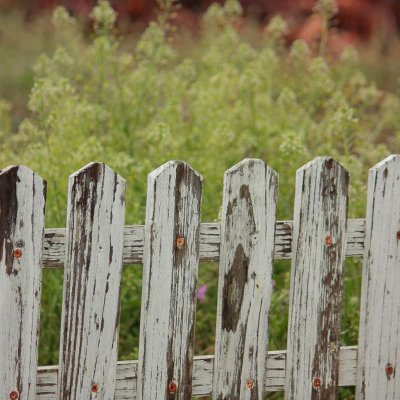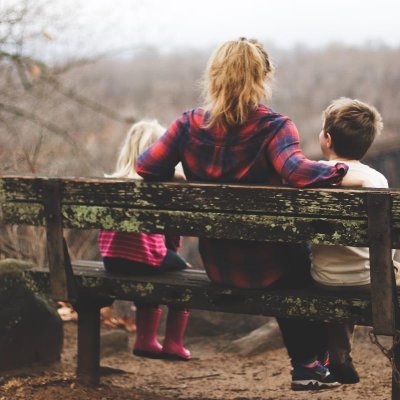KEY POINTS
- The cultural context within eating disorders in Western society is often overlooked in their treatment.
- Research supports the healing power of being in nature.
- Outdoor-based therapies such as adventure therapy and ecotherapy may help some patients with eating disorders.

Source: David Marcu/Unsplash
Cultural Context of Eating Disorders
Eating disorders are complex mental illnesses characterized by a dysfunctional relationship between how a person nourishes their body and how they view their body size. They are illnesses that have long been synonymous with poor self-image and perpetual dissatisfaction with one’s appearance.
But, perhaps, the function of the illnesses is more complicated. After all, in Western society, there is a dominant discourse surrounding neurotypical and masculine perspectives, leaving voices along the gendered and neurodivergent spectrum overlooked and unheard.
So, couldn’t eating disorders also be seen as the voice of those who go unheard?
Could it be that eating disorders allow a person’s body to become the vehicle for which their struggles and conflicts are expressed in a society that doesn’t otherwise uphold their perspective?
A dissonance is created in the treatment of eating disorders when the illness isn’t placed within the context of the larger society. Traditional Western messaging places value on traits such as ability, control, achievement, and independence. Reverence for these traits fails to acknowledge the psychological disorder created when the cultural narrative pushes success and independence over connection and well-being.
In simple terms, a valuing of control and success creates a separation between the mind and body or perpetuates a “mind over matter” mentality. In the treatment of eating disorders, the failure to attend to this dissonance keeps a person from connecting with or honoring their body and instead leaves the physical form as the central vehicle for which a person’s emotional voice is heard.
Nature could be a powerful tool used to bridge the gap between the mind and body, leaving individuals with lived experiences of non-dominant perspectives a way to connect to themselves and the world around them without the pressures of the Western idealization of success and control.

Goutham Krishna/Unsplash
The Healing Power of the Outdoors
Research has long proven a powerful correlation between happiness and the outdoors. In fact, in a 2019 study, experts showed that spending just two hours a week in a natural environment, such as a park or green space, can improve a person’s well-being.
In 2011, a study found nature-assisted therapy to be effective in decreasing symptoms of PTSD in military veterans.
In 2020, a systematic review was done to explore the impact of friluftsliv in eating disorder recovery. In the 2020 review, it was found that engaging in friluftsliv showed improved body image and enhanced self-esteem.
Friluftsliv is a Norwegian word that means “open-air living.” In simplest terms, friluftsliv is celebrating time spent outdoors. Friluftsliv is more than an activity; it is a way of life. Fruluftsliv can be as simple as walking with friends around a park, hiking in the mountains, or sitting outside and appreciating the complexities of the world around you.
Research points to the healing power of getting outdoors and connecting with nature’s transcendent, peaceful, and inspiring qualities. In contrast, eating disorders lead to a preoccupation with food and one’s body, separating an individual from a connected experience with themselves and the world around them.
Using outdoor experiences in the treatment of eating disorders could help individuals reconnect with their bodies in environments unconcerned with the Western values of success and independence. It could offer a space where neglect and control over a person’s body isn't necessary for their voices to be heard.
Outdoor Therapies Briefly Explained
There are several ways in which the outdoors could be incorporated into the treatment of eating disorders. It could be as simple as exploring and encouraging individuals to prioritize time spent outside, or it could mean actually engaging in nature-based interventions within the therapeutic process.
Below is an incredibly simplified and brief introduction to two categories of outdoor therapy. If you are a clinician or an individual working to recover from an eating disorder who is interested in outdoor therapy, I would encourage you to see this as a sounding board from which you can continue to explore more resources on the topic.
1. Adventure Therapy
Adventure therapy is an umbrella term used to describe a myriad of outdoor therapeutic interventions that push against the boundaries between traditional in-office or telehealth sessions.
When people talk about adventure therapy, they use certain words interchangeably, such as:
- Wilderness therapy
- Outdoor therapy
- Adventure-based therapy
Though there are small distinctions within each of these categories, a common factor among each is the use of interactive experiences in a natural setting as part of the therapeutic process.
2. Ecotherapy
Adventure therapy is strongly linked with but distinct from ecotherapy. Ecotherapy is an umbrella term used to describe nature-based methods for physical and psychological healing.
Ecotherapy is a form of psychotherapy gaining in popularity for its acknowledgement of the vital role between human and nature in the healing process. Ecotherapy takes into account both scientific understanding and indigenous wisdom.
Ethical Considerations
Within the therapeutic community, there is an ongoing debate over the ethical implications of outdoor-based interventions, so this point cannot be made without also making a note regarding the need for deep ethical consideration when contemplating the use of outdoor therapy in the treatment of eating disorders.
Since, outdoor therapies push the boundaries of traditional in-office or telehealth approaches, a clear distinction needs to be made between therapeutic experiences and therapy itself. Clinicians who are engaging in outdoor-based interventions need to be cautious when drawing these boundaries for themselves and their practices.
There are also considerations regarding health status, safety, ability, and comfort level of clients who may have eating disorders and want to participate in outdoor-based treatment.
Clinicians who are interested in using outdoor interventions in their practices, should take time to research the effectiveness of nature-based therapies. They should also take time to reflect on the potential ethical considerations unique to themselves and their clients if they were to enter an outdoor therapeutic space.






